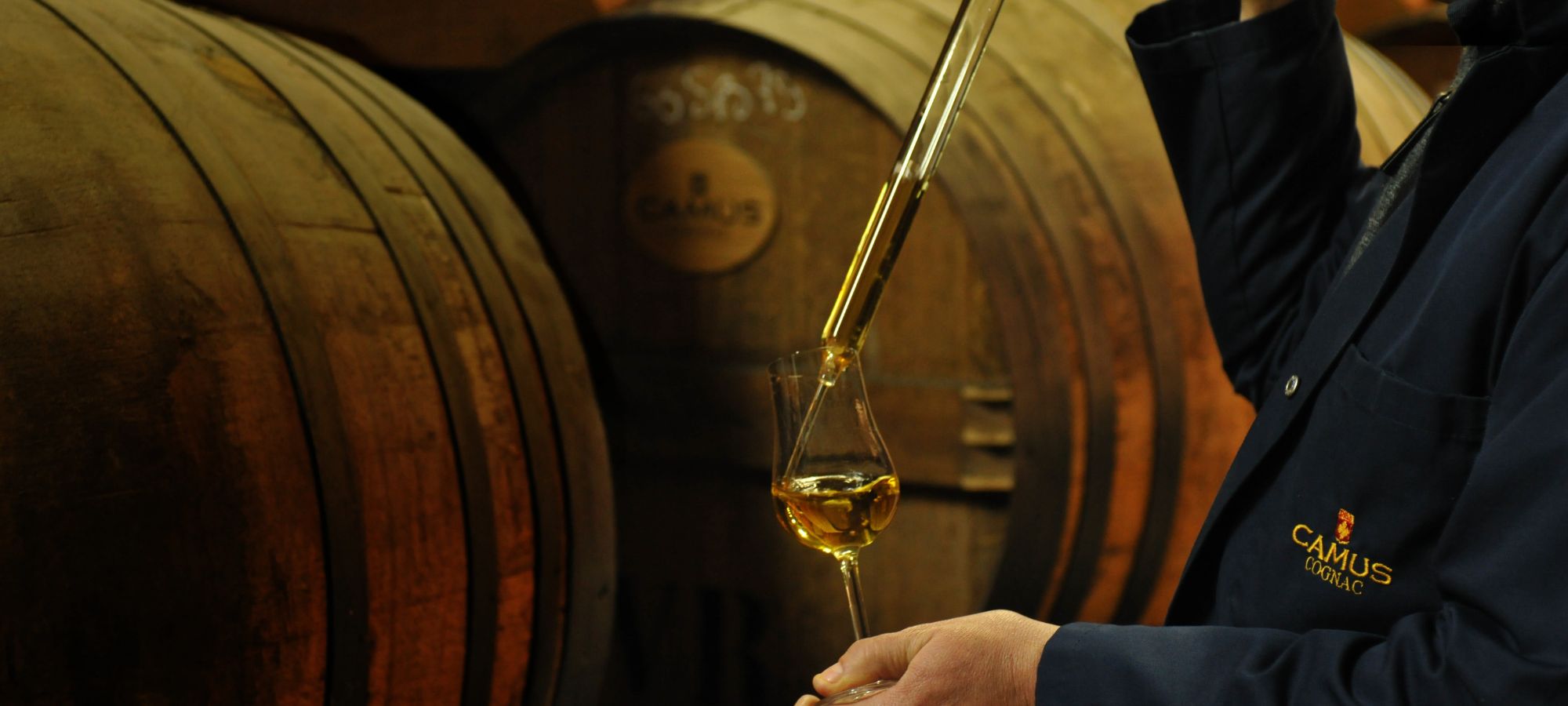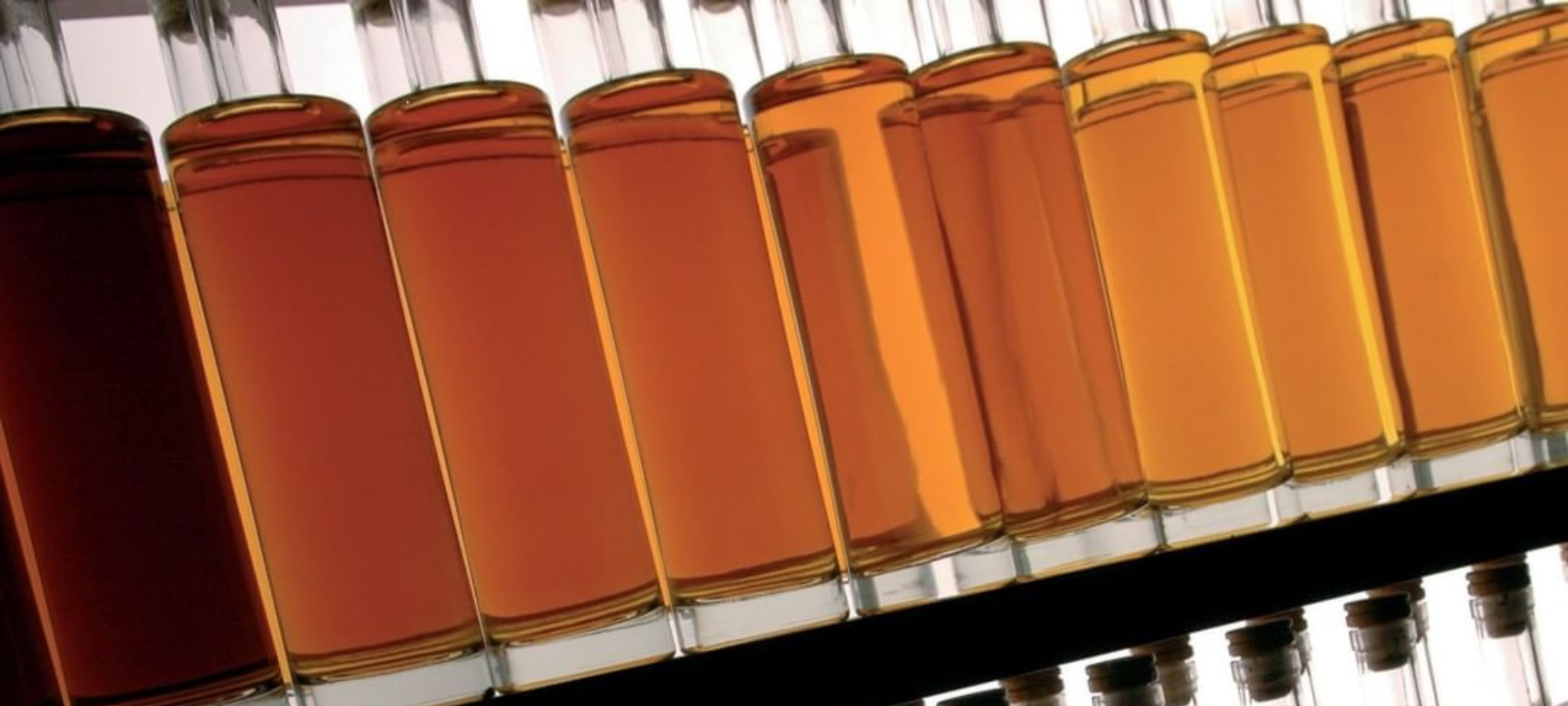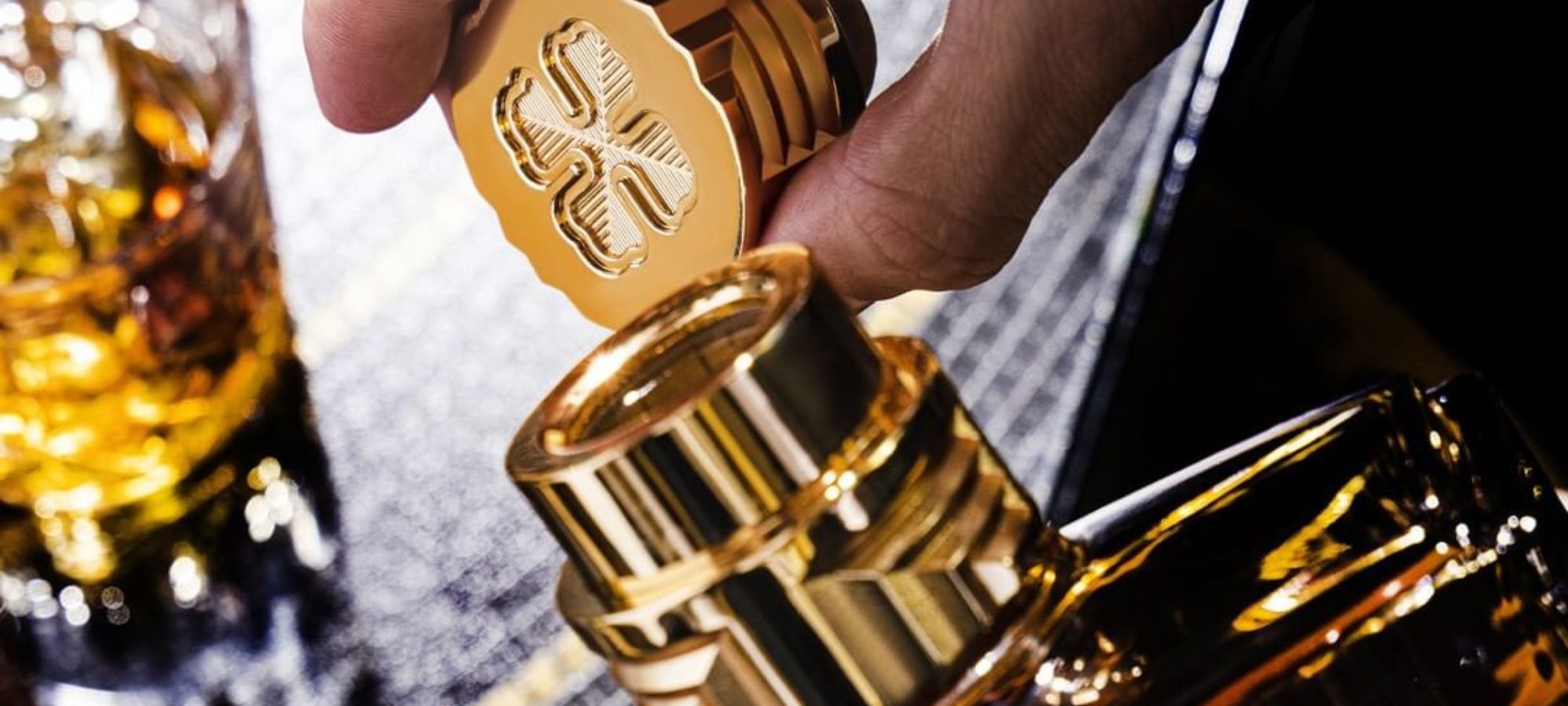
What are the different appellations of cognac ?
In 1936, cognac officially became an Appellation d'Origine Contrôlée (AOC). A strict set of specifications regulates all the stages of production and marketing of spirits bearing the appellations AOC Cognac, Eaux-de-vie de Cognac and Eaux-de-vie des Charentes in order to protect their quality.
In which region is cognac produced ?
AOC cognac can only be produced in a specific production area. This was defined by a decree in 1909. Thus, cognac can only be made from wines harvested and distilled in the Charente-Maritime, Charente and some communes in the Deux-Sèvres and Dordogne. The Cognac region is the largest white wine producing area in France, with more than 80,000 hectares of vines. These vines grow on clay-limestone soil in a mild, temperate climate.
Which grape variety for a good cognac ?
A cognac may be made from a single grape variety or a blend of several grape varieties, as long as they are among the following species:
- Ugni blanc, an ancient grape variety from Italy, is the most widely planted white grape in France in terms of surface area. The majority grape variety for making cognac, Ugni blanc covers more than 98% of the vineyard. It is favored for its relative tolerance to certain diseases, such as gray mold. The Ugni blanc also gives its wines a high acidity and a low sugar content. This pronounced acidity naturally ensures the conservation of the future wine.
- Colombard is one of the oldest grape varieties still present in the region. It has many similarities with Ugni blanc, such as its maturity, high acidity and low sugar content. Its very lively and exuberant aromas evoke notes of citrus and flowers.
- For a long time the majority of vines in the Charente were Folle blanche, one of the great victims of the phylloxera crisis. Highly susceptible to gray mold once grafted, it now represents less than 1% of the cognac vineyard. This unique grape variety produces wines with low alcohol content to obtain harmonious eaux-de-vie with powerful aromas.
- A little-planted grape variety, Sémillon offers aromas of undergrowth, such as vanilla or toast. Present in the decree of the appellation, it is nevertheless very little used currently.
- Grown mainly in the Charente vineyards, Montils has characteristics similar to Ugni blanc, while being earlier and less acidic. Despite its limited productivity, it gives rise to quality eaux-de-vie.
- Finally, Folignan is a new grape variety obtained by crossing Folle blanche and Ugni blanc. Rich in aromas, it is earlier and more sensitive than the latter. Its floral aromas are reminiscent of rose or lilac. It should be used "as a complement" to the other grape varieties. It cannot exceed 10% of the vineyard's total.
What are the different crus of cognac ?
The character of each eau-de-vie is resolutely linked to the characteristics of the soils of this immense vineyard. Thus, the cognac production area has been divided into six concentric crus.
In the heart of the vineyard are the Grande Champagne and the Petite Champagne, which give birth to very fine eaux-de-vie with a predominantly floral bouquet. Those also require a long ageing.
CAMUS cognacs come from the Borderies cru, which generally produces round and sweet eaux-de-vie with violet and iris scents.
The Fins Bois cognacs benefit from a faster ageing process and a bouquet evoking pressed grapes. The Bons Bois deliver fruity aromas, while the Bois à Terroir benefit from a more maritime climate.

How is cognac made?
Years of work and a certain know-how are necessary to produce cognac. It all starts with the harvesting of the grapes which are pressed immediately after the harvest. The must obtained is then fermented to transform it into wine.
Then comes the stage of double distillation in the Charentaise style, known as "en double chauffe". It is carried out in a specific copper still.
In the Charente distillation process, the wine is heated to 78.3°C, the boiling temperature of ethanol, in order to separate it from water (which boils at around 100 °C) and other components. The alcohol evaporates first. The vapors will then rise in the "hood", then pass through the "swan neck" to finally condense in the "pipe" (a coil several meters long immersed in a large container filled with cold water) before returning to a liquid form rich in alcohol.
The process is completed when the majority of the alcohol has evaporated. The still contains only the wine residue, also called "vinasse". The distillate obtained during the first heating, called "brouillis" must be redistilled during a second heating called "bonne chauffe". The brouillis, a distillate with a cloudy appearance, contains between 28 and 32% alcohol.
During the "bonne chauffe", the brouillis is brought to a boil. The first liters, which arrive at the alcoholometer holder, are called the heads. Then comes the "heart" of heating, the "seconds" and finally the "tails".
Only the "heart", of crystalline appearance, with a higher alcohol content (between 68 and 72%) is considered as Cognac brandy. It is then aged in oak barrels.
This ageing process allows the alcohol to take on the flavours of the wood and its particular color. This stage takes place in cellars in order to refine and store the brandies until bottling. In the meantime, the reduction takes place, which consists of adding a small amount of water in order to reach the recommended alcohol levels more quickly (40% mini).
Blending is the role of the cellar master, who must select the eaux-de-vie and stop their aging at the right moment. He can choose to blend eaux-de-vie from several different vintages and ages or offer a cognac from a single barrel or a single year. Finally, the cognac is bottled and labeled.
The different types of cognac
Unlike whiskey, cognac indicates its age using letters rather than numbers. There are four official age statements, standardized by the BNIC:
- The VS cognac (known as "Very Special") is a spirit made from brandies aged in oak barrels for at least two years. It is livelier on the palate than other cognacs and has particularly fruity aromas.
- A VSOP (Very Superior Old Pale) cognac includes in its blend a brandy that is at least four years old. It tends to be sweeter than VS, with woody notes.
- An XO is an "Extra Old" cognac. Its brandies are aged in barrels for a minimum of ten years. Thanks to this time spent in the barrels, it offers a rich and sumptuous palate, with aromas of spices, chocolate, caramel and dried fruits.
- The Extra Cognac, like an XO, is composed of eaux-de-vie that have rested for at least ten years in casks. Aged well beyond the requirements, its average age ranges from 15 to 25 years.
An exceptional eau-de-vie, cognac is the result of meticulous blending, a characteristic terroir and traditional know-how. CAMUS cognacs are an expression of this, distinguished by their extraordinary aromatic intensity.





